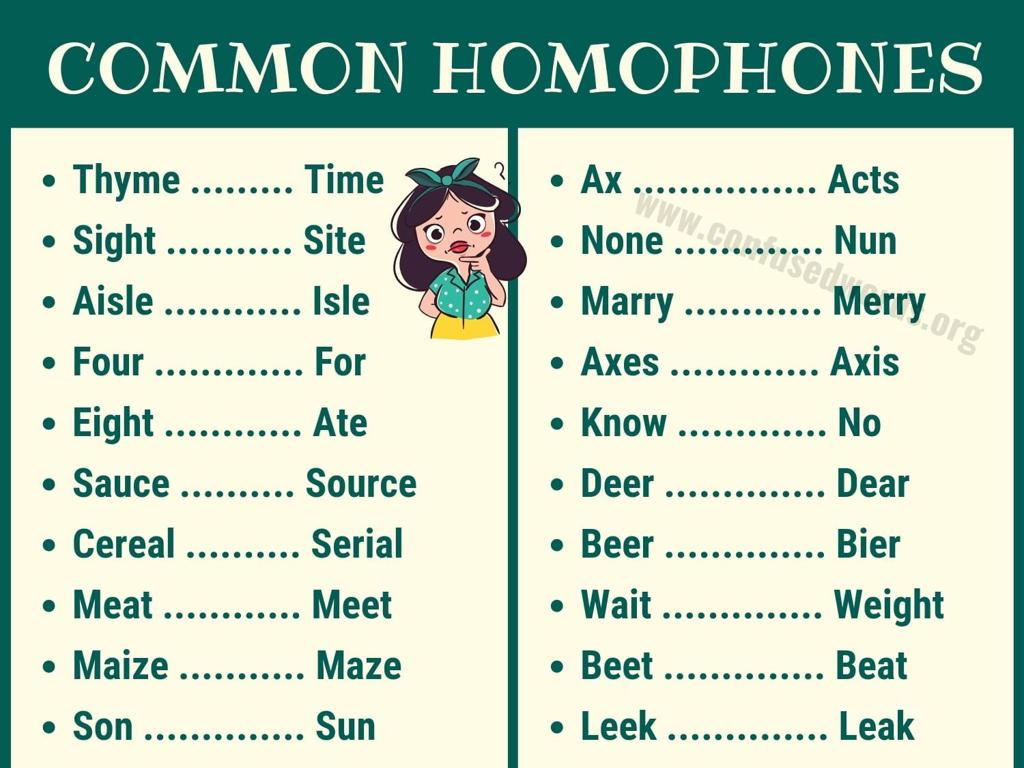Evaluate Numerical Expressions Involving Decimals
Subject: Math
Grade: Seventh grade
Topic: Operations With Decimals
Please LOG IN to download the presentation. Access is available to registered users only.
View More Content
Evaluating Numerical Expressions with Decimals
– Decimals in daily life
– Money and measurements often use decimals
– Evaluating expressions
– Use PEMDAS to evaluate expressions with decimals
– Order of operations
– Parentheses, Exponents, Multiplication/Division, Addition/Subtraction
– Practice problems
|
This slide introduces students to the importance of decimals in everyday contexts, such as money and measurements, and transitions into the mathematical focus of evaluating numerical expressions involving decimals. Emphasize the use of the order of operations (PEMDAS) when working with decimals to ensure accuracy. Provide examples and practice problems for students to apply PEMDAS with decimal operations. Encourage students to think of real-life scenarios where they use decimals and to share their experiences. The practice problems should be diverse, covering various levels of complexity to cater to different student abilities.
Understanding Decimals
– Reviewing decimal place values
– Decimals represent fractions of a whole; places indicate value.
– Decimals in daily contexts
– Used in money, measurements, and statistics.
– Comparing and ordering decimals
– Understand how to determine which decimals are larger or smaller.
– Operations with decimals
– Adding, subtracting, multiplying, and dividing decimals.
|
This slide aims to refresh students’ understanding of decimals, emphasizing their place value and practical applications. Begin by reviewing the concept of decimals as an extension of the whole number system, where each place to the right of the decimal point represents a fraction of a base-10 number. Highlight the use of decimals in everyday life, such as in currency, length measurements, and data representation. Discuss how to compare and order decimals by looking at the highest place value first. Finally, introduce the basic operations with decimals, ensuring to cover the rules for aligning decimal points and handling zeros. Provide examples for each operation and encourage students to solve them as practice.
Mastering Decimals with PEMDAS
– Review the PEMDAS rule
– Apply PEMDAS to decimals
– Parentheses, Exponents, Multiplication/Division, Addition/Subtraction
– Simplify expressions step-by-step
– Start with operations inside parentheses, then move on to exponents, and so on.
– Practice with example problems
– 5.2 × (3.1 + 6.8) – 2.5^2 = ?
|
This slide is aimed at reinforcing the understanding of the Order of Operations, known as PEMDAS, and applying it to decimal numbers. Begin by reviewing PEMDAS, which stands for Parentheses, Exponents, Multiplication and Division (from left to right), Addition and Subtraction (from left to right). Emphasize that the same rules apply when the numbers are decimals. Walk through the process of simplifying expressions step by step, ensuring to perform operations in the correct order. Provide practice problems for students to solve, starting with simpler expressions and gradually increasing complexity. Encourage students to work through the problems methodically and to check their work at each step.
Adding and Subtracting Decimals
– Align decimal points vertically
– Ensure each number’s decimal is in the same column
– Understand carrying over in addition
– Similar to whole numbers, but include decimals
– Grasp borrowing in subtraction
– When subtracting, borrow from the next highest place value
– Practice with example problems
|
This slide introduces students to the fundamental concepts of adding and subtracting decimals. Emphasize the importance of aligning decimal points to maintain the correct place value. Explain carrying over when the sum of the digits exceeds nine, and borrowing when the top digit is smaller than the bottom digit in subtraction. Provide several example problems for students to practice these concepts, ensuring they understand the process before moving on to more complex operations with decimals.
Multiplying Decimals
– Understand decimal placement
– Multiply as whole numbers
– Ignore the decimals initially and just multiply
– Count decimal places in factors
– Add up the total number of decimal places from both numbers
– Place decimal in the product
– The product should have the same number of decimal places
|
When teaching students to multiply decimals, start by explaining the importance of decimal placement. Emphasize that they should multiply the numbers as if they were whole numbers, without considering the decimal point initially. After obtaining the product, they should count the total number of decimal places in the factors they multiplied. This total will determine where to place the decimal in their answer. For example, multiplying 2.5 (one decimal place) by 3.2 (one decimal place) should result in a product with two decimal places: 8.00. Provide several examples and practice problems to ensure students are comfortable with the process before moving on to division or other operations with decimals.
Dividing Decimals
– Divide decimals by whole numbers
– Place the decimal point in the quotient directly above the decimal point in the dividend.
– Divide decimals by decimals
– Move the decimal point in the divisor to make it a whole number, and do the same in the dividend, then divide.
– Align the decimal points
– Practice with example problems
– Example: 12.3 ÷ 3 and 6.75 ÷ 0.5
|
This slide focuses on the concept of dividing decimals, both by whole numbers and by other decimals. Emphasize the importance of decimal point placement in the quotient and the process of ‘normalizing’ the divisor to a whole number by moving the decimal point. Provide clear steps for students to follow and encourage them to practice with example problems. For dividing by decimals, demonstrate how to shift the decimal point to turn the divisor into a whole number and apply the same shift to the dividend before dividing. This slide should include practice problems to solidify the students’ understanding and prepare them for more complex decimal operations.
Evaluating Expressions with Decimals
– Combine operations with decimals
– Add, subtract, multiply, and divide
– Example: Complex decimal expressions
– Evaluate 3.5 + 6.2 × 0.4 – 2.3 ÷ 0.5
– Follow order of operations
– Remember PEMDAS: Parentheses, Exponents, Multiplication and Division, Addition and Subtraction
|
This slide introduces students to the concept of evaluating numerical expressions that involve decimals. Students should understand how to perform basic operations addition, subtraction, multiplication, and division with decimal numbers. The example provided will help illustrate how to approach complex expressions that require multiple steps to solve. Emphasize the importance of following the order of operations (PEMDAS) to ensure accuracy. In the next class, students will practice evaluating similar expressions and learn to solve them step by step. Encourage students to work through the example provided and to check their work by performing the operations in the correct order.
Class Activity: Decimals in Action!
– Group activity: solve decimal problems
– Each group tackles different expressions
– Share solutions and methods with class
– Explain how you arrived at your answer
– Discuss various solving techniques
– Compare different approaches and learn
|
This activity is designed to foster collaborative problem-solving skills and to deepen students’ understanding of decimal operations. Divide the class into small groups and assign each group a set of decimal expressions to solve. Encourage students to discuss their problem-solving strategies within their groups. After solving the expressions, each group will present their solutions and the methods they used to the rest of the class. This will allow students to see multiple ways to approach a problem, enhancing their analytical skills. As a teacher, facilitate the discussion by highlighting different techniques used and guiding students to understand why they work. Possible activities could include solving for x in decimal equations, adding and subtracting decimals in word problems, or multiplying and dividing decimals in real-life scenarios like shopping or cooking.
Conclusion: Mastering Decimal Expressions
– Recap evaluating decimal expressions
– Homework: Decimal expression problems
– Solve the assigned problems using today’s lesson
– Practice reinforces understanding
– The more you practice, the better you’ll grasp the concepts
– Be prepared to review solutions
– We’ll go over the answers together in class
|
This slide wraps up the lesson on evaluating numerical expressions with decimals. It’s crucial to emphasize the importance of practice in mastering math concepts. The homework assignment consists of a set of problems that require students to apply what they’ve learned about decimal operations. Encourage students to attempt all problems and assure them that we will review the solutions in the next class, which will help clarify any doubts. Remind them that making mistakes is a part of the learning process, and the goal is to learn from those mistakes.




/exploration_maps_history.png)

